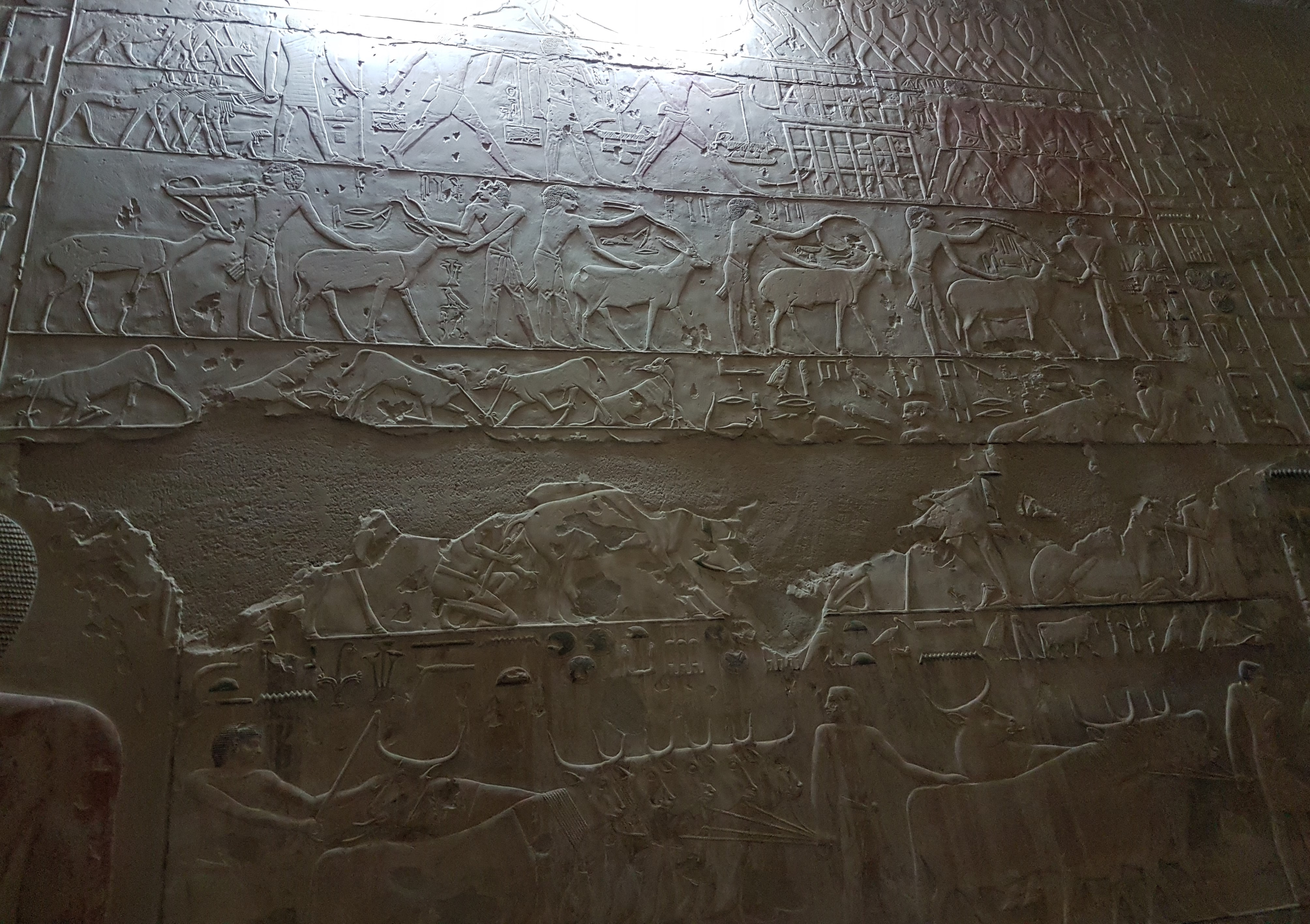Research

Past/Present/Future Links between Biodiversity and Human Societies
Human-induced environmental changes are presently decimating wildlife populations all around the globe. I am keen to understand how interactions between climate, biodiversity and human societies have shaped both the history of mankind and the fate of animal populations in the past - and how we can use this knowledge to predict the future. With a focus on the African continent, our approaches range from cross-disciplinary studies combining macroecological modelling with (zoo)archaeological analysis to field projects measuring human impacts on natural ecosystems.
Selected Publications:
Lazagabaster IA, Thomas CD, Spedding JV, Ikram S, Solano-Regadera I, Snape S, Bro-Jørgensen J (2024) Evaluating species distribution model predictions through time against paleozoological records. Ecology and Evolution 10:e70288
Bro-Jørgensen J, Meise K, Franks DF (editors) (2019) Theme issue: Linking behaviour to dynamics of populations and communities: application of novel approaches in behavioural ecology to conservation. Philosophical Transactions of the Royal Society Series B 374, issue 1781
Payne B, Bro-Jørgensen J (2016) Disproportionate climate-induced range loss forecast for the most threatened antelopes. Current Biology 26:1200-1205
Bro-Jørgensen J, Mallon D (editors) (2016) Antelope conservation: from diagnosis to action. Conservation Science and Practice Series. Oxford: Wiley-Blackwell
%20Impala%20REV.jpg)
Animal Communication Systems: Fundamental Principles and Consequences of Environmental Change
Animals use a fascinating diversity of signals in their communication. Questions that intrigue me include: Why are so many messages conveyed through complex multi-component signals when simpler signals appear cheaper to produce? When do animals use deceptive signals and how do they work? How does ecology shape animal communication systems? What does this tell us about the consequences of environmental change at the population and ecosystem level? In our investigations we combine a variety of methods, incl field experiments (particularly playbacks), interspecific comparative methods and social network analysis.
Selected Publications:
D’Ammando G, Bro-Jørgensen J (2023) Proximity to human settlements can reduce vigilance but increase alarm call responses in African ungulates. Animal Behaviour 199:151-159
Meise K, Franks DF, Bro-Jørgensen J (2020) Alarm communication networks as a driver of community structure in African savannah herbivores. Ecology Letters 23:293-304
Bro-Jørgensen J (2010) Dynamics of multiple signalling systems: animal communication in a world in flux. Trends in Ecology & Evolution 25:292-300
Bro-Jørgensen J, Pangle W (2010) Male topi antelopes alarm snort deceptively to retain females for mating. American Naturalist 176:E33-39
%20Bloody%20topi%20fight.jpg)
Sexual Conflicts and the Evolution of Reproductive Strategies
Historically, research into reproductive strategies in mammals has been dominated by a stereotypic view where females were cast as passive and males as the all-important actors shaping mating systems. More recently, however, a focus on female behaviour has revealed a far richer variation in sex roles than previously known: ecology sets a scene on which conflicts are widespread both within and between the sexes. My empirical research in this area includes long-term field studies of two antelope species with contrasting mating systems: lekking topi (matings concentrated on small arena-territories) and nomadic eland (matings in large, non-territorial, mixed-sex herds).
Selected Publications:
D’Ammando G, Bro-Jørgensen J (2024) Sexual selection and species recognition promote complex male courtship displays in ungulates. Behavioral Ecology 35:arae027
Stockley P, Bro-Jørgensen J (2011) Female competition and its evolutionary consequences in mammals. Biological Reviews 86:341-366
Bro-Jørgensen J (2007) Reversed sexual conflict in a promiscuous antelope. Current Biology 17:2157-2161
Bro-Jørgensen J (2002) Overt female mate competition and preference for central males in a lekking antelope. Proceedings of the National Academy of Sciences, USA 99:9290-9293
Research grants
Cross-disciplinary research for Discovery Science
NATURAL ENVIRONMENT RESEARCH COUNCIL
January 2023 - March 2023
BEAST: Biodiversity in Egyptian Archaeology during Societal Transitions
LEVERHULME TRUST (UK)
April 2022 - July 2025
Parasite transmission at the wildlife-livestock interface and its implications for management - a pilot study of the African savanna ecosystem
NATURAL ENVIRONMENT RESEARCH COUNCIL
August 2018 - February 2023
Interspecific information transfer as a driver of community structure
NATURAL ENVIRONMENT RESEARCH COUNCIL, UNIVERSITY OF YORK (UK)
July 2014 - January 2019